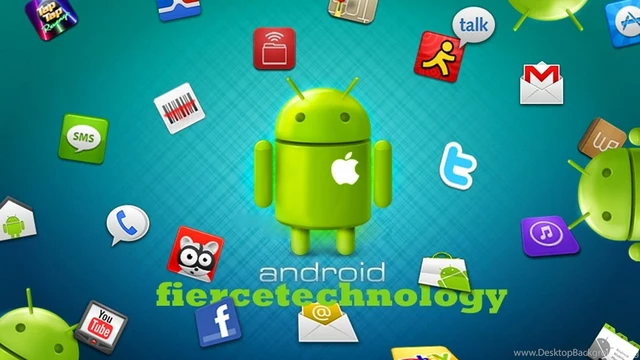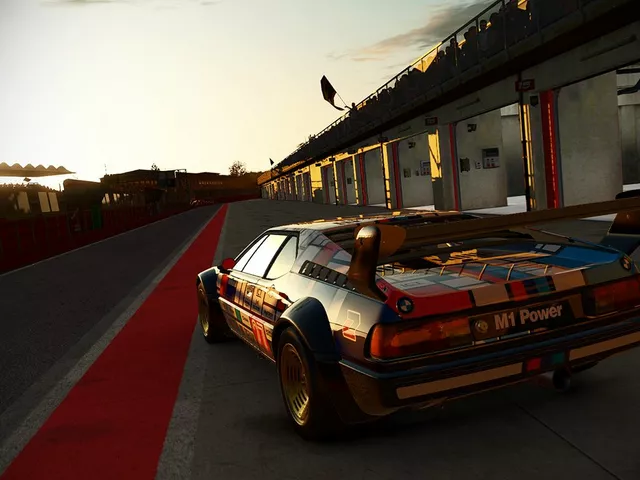Gaming Concepts Explained – Tips, Physics & More
Ever wonder why some games feel so real while others just look pretty? It all comes down to the concepts behind them. Whether you’re the type who loves racing on the streets of India or you want to build your own game, knowing the basics makes the experience smoother and more fun. Let’s break down the most useful ideas you’ll meet on India Car Games.
Key concepts every gamer should know
First off, physics. A game that mimics real‑world car behavior – suspension bounce, tire grip, weight transfer – will pull you right into the action. Titles like Assetto Corsa nail this by using detailed mathematical models, so every drift feels earned. When you notice your car sliding at the right moment, that’s physics at work.
Next up, controls. Good games map actions to intuitive keys or taps, letting you focus on strategy instead of wrestling with the UI. If you find yourself memorizing button combos, the game probably didn’t prioritize a clean control scheme. Look for games that let you customize controls; that’s a sign the developers care about player comfort.
Finally, game modes. Single‑player story runs let you learn at your own pace, while multiplayer races test your skills against real people. Switching between modes often reveals new strategies – like how slipstreaming works in a race or how to bluff in a strategy match. Try both to see which concepts click for you.
Core ideas for aspiring game developers
If you want to create games instead of just playing them, math is your best friend. Geometry tells you how to draw tracks, trigonometry helps calculate wheel angles, and basic calculus can simulate acceleration curves. You don’t need a PhD, but a solid grasp of these tools lets you build realistic motion without endless trial‑and‑error.
Programming logic is another pillar. Understanding loops, conditionals, and data structures means you can write code that reacts to player input quickly. For car games, that often translates to a loop that constantly checks speed, steering angle, and collision data, then updates the car’s position.
Design thinking rounds out the mix. Ask yourself what fun feels like for the player. Is it the thrill of a tight corner or the satisfaction of beating a lap record? Use that answer to guide level layout, reward systems, and difficulty curves. When design and tech work together, the final game feels polished.
Testing is the final concept you can’t skip. Play your game over and over, fix bugs, and listen to feedback. Even the biggest studios rely on player testing to catch issues they missed in code reviews. A well‑tested game runs smoother and keeps players coming back.
By keeping these concepts in mind – realistic physics, intuitive controls, varied modes, solid math, clean code, thoughtful design, and thorough testing – you’ll enjoy a better gaming experience and, if you’re coding, craft games that stand out on India Car Games.
Non-fungible tokens (NFTs) are a type of digital asset that has become increasingly popular in the gaming world. NFTs are unique, one-of-a-kind tokens that are used to authenticate and trade digital items, such as in-game items, digital art, and collectibles. They are based on blockchain technology, which means they are secure and immutable. NFTs allow players to own their digital items, as well as trade them with other players. This has opened up a new form of gaming, giving players a way to monetize their gaming experience and build their own digital economies. NFTs are revolutionizing the gaming industry, allowing players to buy, sell, and trade digital assets and create an entire new gaming ecosystem.
READ MORE





